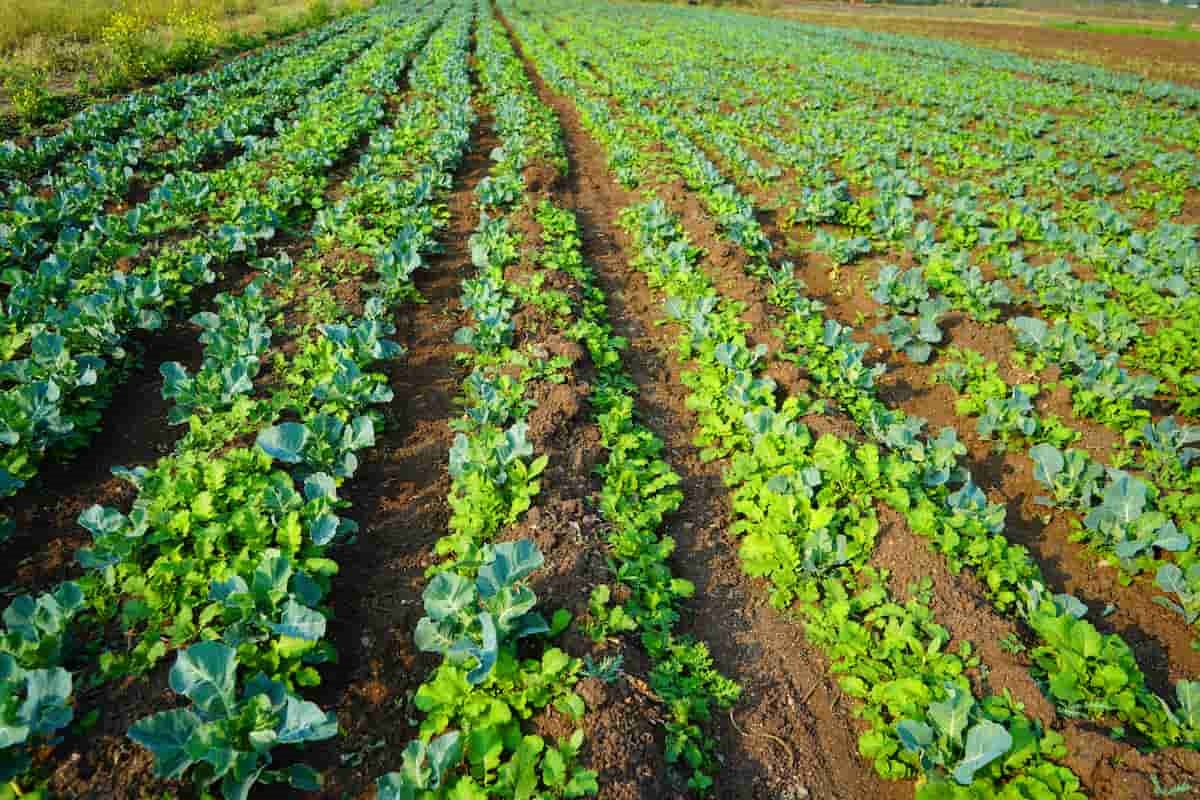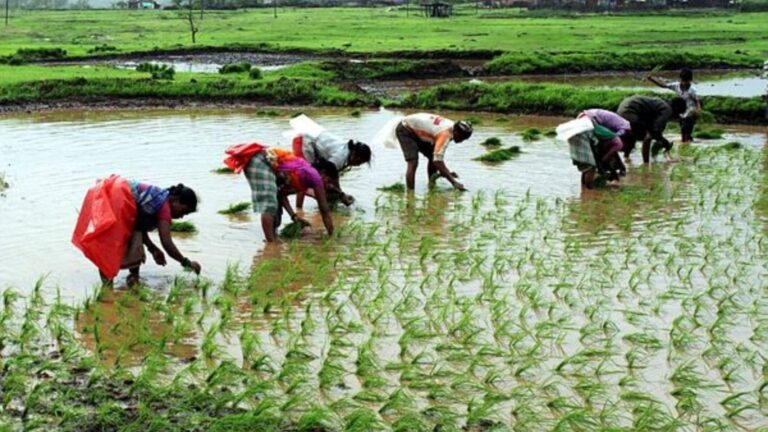
Resilient and sustainable agriculture relies on thriving, biodiversity-friendly farming. Biodiversity encompasses all living things on Earth—plants, animals, microorganisms—and the variety of ecosystems they form, such as rainforests and grasslands. It forms the foundation of agriculture through the species and genetic variation of crops and livestock and supports production through essential ecosystem functions and services.
Healthy soil, a vital part of our biodiversity, supports the growth of the crops we depend on daily. Biodiversity in agriculture enables crops to resist pests and diseases because different types of plants have varying levels of resistance and susceptibility. Ecosystem services like nutrient cycling, soil water retention, and pollination by bees and other wildlife support the agricultural ecosystem for sustainable food production.
The Threat to Biodiversity
This rich support system is under threat. Biodiversity loss has intensified at an alarming rate, driven by human activities such as habitat destruction, the climate crisis, and the overuse of agricultural land and resources. The Food and Agriculture Organization (FAO) has highlighted the significant risks this crisis poses to global food security. Biodiversity loss affects everything from soil fertility to pest resistance, making agricultural systems more vulnerable to climate-induced stresses, including extreme weather conditions, erratic rainfall, soil degradation, and increased pest invasions. Developing countries are particularly at risk, with potential decreases in agricultural productivity by 20-40% due to the climate crisis.
India’s Response to Biodiversity Loss
In India, home to 1.4 billion people, the government is acutely aware of the repercussions of biodiversity loss and climate events on food security. It plans to incentivize crop diversification, encourage farmers to use high-yield, climate-resilient seeds, and launch the Bharat Krishi Satellite to support crop and weather forecasting, pesticide application, irrigation, and soil data collection. Further, it has implemented policies to boost the production of oilseeds, millets, and pulses—ecologically sustainable crops—to maintain India’s Annadatta status.
Promoting Biodiversity-Friendly Agriculture
To promote biodiversity-friendly agriculture, several measures can be taken:
- Investment in Research and Innovation: Doubling investment in research and innovation to develop biodiversity-friendly agricultural solutions is crucial. This includes using a science-based approach to develop products that excel in crop protection and health while maintaining a healthy relationship with soil organisms. Innovations in seed technology and bio-based pest management products, as well as precision farming technologies, are promising avenues.
- Education and Resources for Farmers: Educating farmers and providing them with the knowledge and resources needed to implement biodiversity conservation measures is essential. Teaching farmers about crop diversification and sustainable pest management can help them achieve better harvests and higher profits while contributing to the long-term viability of the agriculture sector.
- Collaboration and Collective Action: Promoting collaboration between government agencies, NGOs, and the private sector to drive collective action for scaling up biodiversity conservation efforts on farmlands is vital. Public-private partnerships with farmers and local communities can strengthen these efforts.
Achieving Sustainable Development Goals
One of the 2030 Sustainable Development Goals aims to “ensure sustainable food production systems and implement resilient agricultural practices that increase productivity and production, help maintain ecosystems, and strengthen capacity for adaptation to climate change.” Addressing the risks to food security posed by biodiversity loss requires urgent action and a collective effort involving farmers, communities, NGOs, the private sector, and policymakers. By working together, we can protect the great diversity of life that sustains agriculture and help achieve India’s vision for Kisan Samman.






